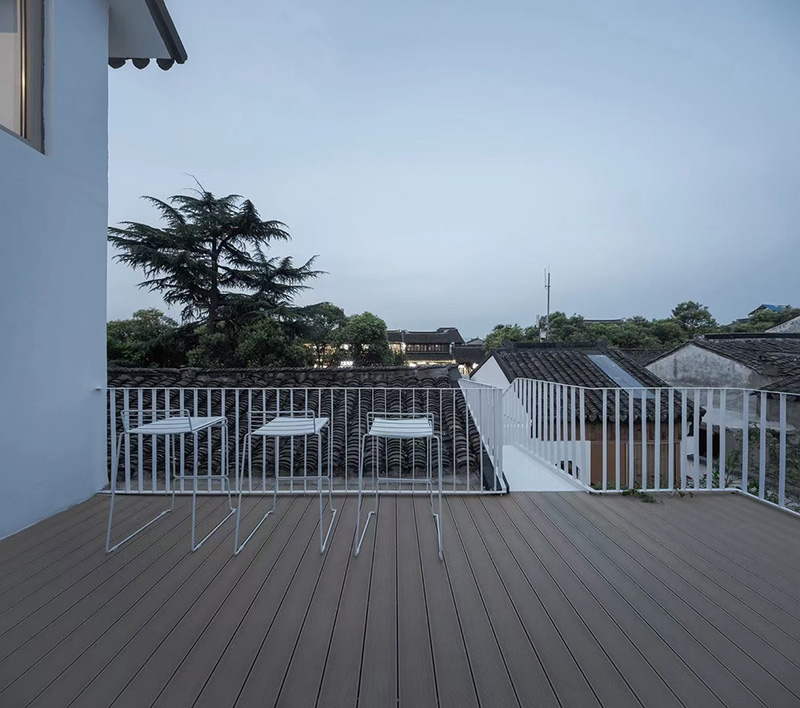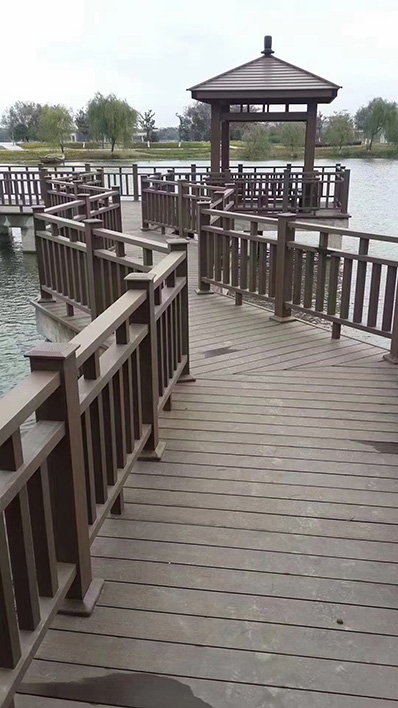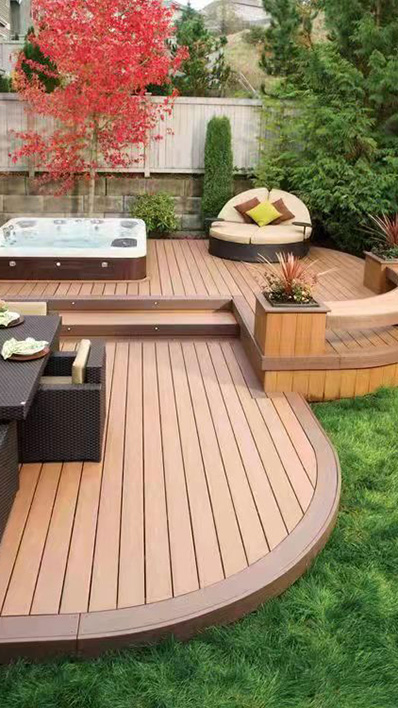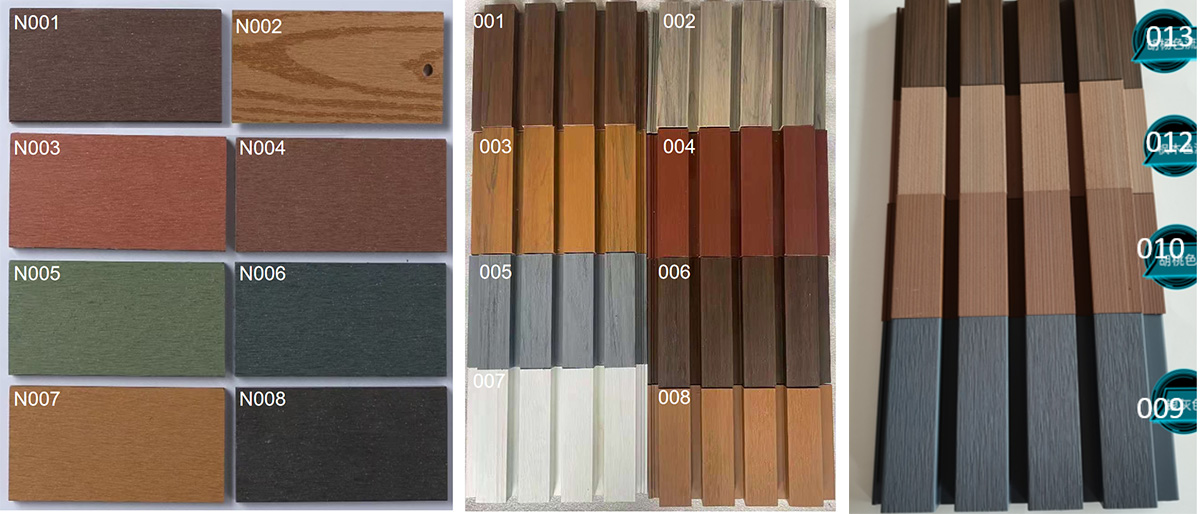Wood-plastic composite board is a kind of wood-plastic composite board which is mainly made of wood (wood cellulose, plant cellulose) as the basic material, thermoplastic polymer material (plastic) and processing aids, etc., mixed evenly and then heated and extruded by mold equipment. The high-tech green environmental protection material has both the properties and characteristics of wood and plastic. It is a new type of environmentally friendly high-tech material that can replace wood and plastic. Its English Wood Plastic Composites is abbreviated as WPC.




![]()
Before laying the wood-plastic floor, inspect and repair the floor of the room to be laid.
Although it is said that the wood-plastic floor has the functions of waterproof, moisture-proof and mildew-proof, AOWEI wood-plastic recommends that the residents living on the first floor should learn more about the resurgence of the ground in the four seasons. If the moisture regain is serious, be sure to apply a layer of waterproof asphalt or asphalt oil first.
![]()
In order to make the floor look beautiful, we need to plan and design the central axis before laying the wood-plastic floor.
The central axis is the baseline for laying the floor. Especially when several rooms in the same unit are laid at the same time, the planning and design of the central axis is more important. For specific methods, you can ask the on-site master.
![]()
The laid wood-plastic floorboards should be carefully sorted according to the quality and the depth of the color.
Good quality, consistent color, try to lay in the center and conspicuous place of the house, usually the on-site master will inform verbally.
![]()
The starting point of laying wood-plastic floorboards must be very regular, stable and strong.
The starting point, whether it is a grooved floor or a flat floor, must be glued firmly.
![]()
The four limbs and four limbs of each board must be kept parallel and perpendicular to each other
When laying wood-plastic floorboards, the four limbs and four limbs of each board must be kept parallel and perpendicular to each other, and there can be no error, because with the expansion of the laying area, the error will also increase.
![]()
During the laying, special attention should be paid to the vertical and horizontal directions of the texture of the floor plate
Avoid the aesthetic impact caused by improper laying.








